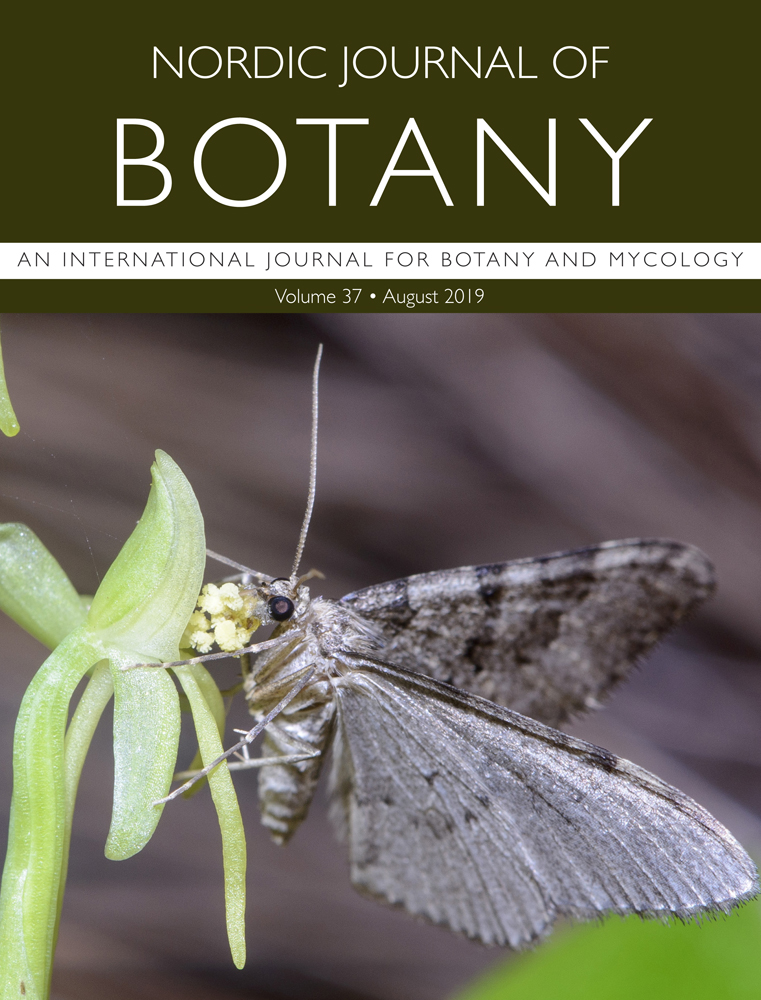
Ricerca & Innovazione > Contributi Scientifici
Giupponi L., Giorgi A.
Scientific and technological progress has led to the creation of analysis tools that have revolutionized traditional studies in morphology and plant ecology. Recently developed methods and tools which, on the basis of leaf samples, allow for geometric morphometric analyses and the evaluation of functional strategies are good examples. These methods, still little used, have never been applied on leaf samples to simultaneously obtain information on their morphometry and the ecology of the plants. This article discusses the effectiveness of modern leaf analysis tools for geometric morphometrics (outline analysis) and studies of functional strategies based on the competitor‐stress tolerator‐ruderal (CSR) scheme, using a study of a steno‐endemic plant of the Alps, Primula albenensis Banfi et Ferl. as an example. These aspects were analyzed using leaf samples collected in the only two areas where this species grows. CSR analyses revealed that P. albenensis is not a stress‐tolerant species (C:S:R = 37:1:62), as previously thought. Moreover, no significant intraspecific differences in functional strategy were revealed. Instead, outline analysis highlighted a significant difference (p < 0.001) between leaves collected from the two sampling areas. The results of this study and others reported in the literature therefore suggest that these modern methods of leaf analysis are cheap, effective and relatively simple to perform. Furthermore, researchers are able to carry out geometric morphometric and CSR analysis using the same samples of leaves in order to maximize the information content provided by the analysis of a plant material which may not be easily available.
